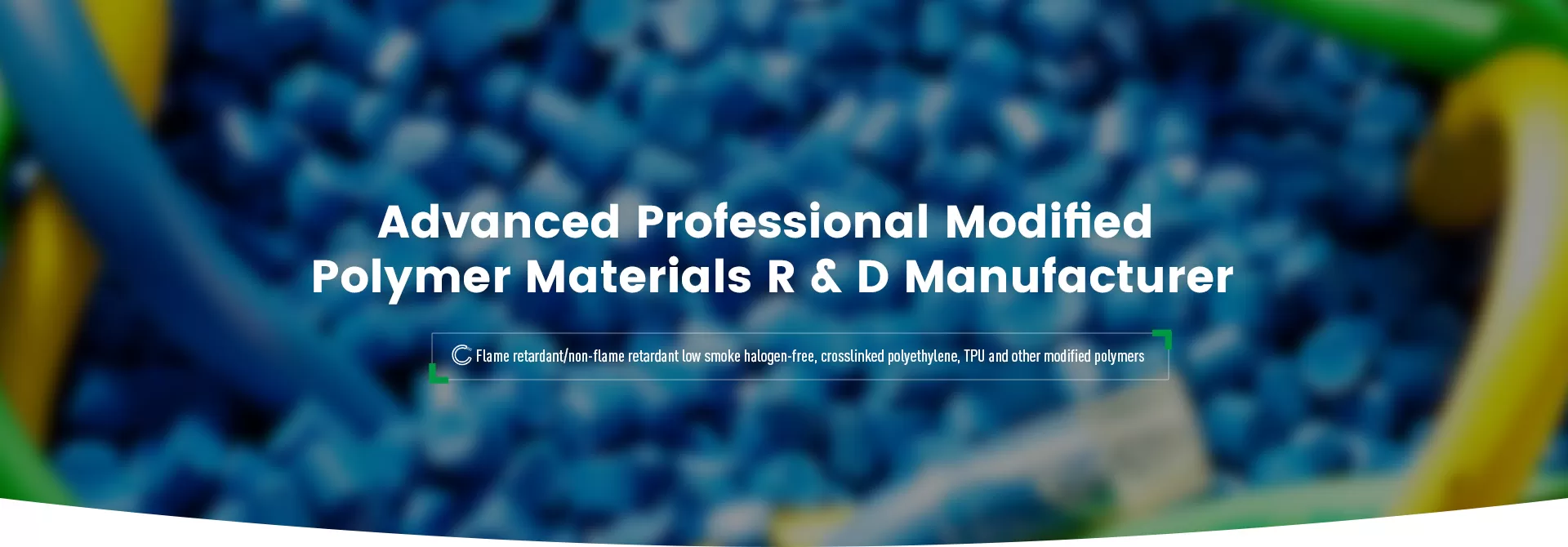
In the fields of industrial manufacturing, cable sheathing, automotive parts, etc., the choice of material performance directly affects the durability and safety of the product. Among thermoplastic elastomers, TPC (thermoplastic copolyester) and TPU (thermoplastic polyurethane) are two widely used materials. As both are elastomer materials, what are the differences between them?
TPC, the full name of Thermoplastic Copolyester, is a multifunctional thermoplastic elastomer based on a copolyester structure. It combines the properties of plastic and rubber and has excellent flexibility, durability and chemical resistance. It provides high impact strength and good heat resistance, and is commonly used in cable sheathing, engineering hoses, medical equipment housings, etc. TPC is easy to process and mold, providing design flexibility. The material has both good chemical corrosion resistance and structural strength, and is suitable for applications exposed to media such as grease and solvents.
TPU is composed of a variety of isocyanates and polyols. The chain structure contains a combination of hard segments and soft segments, so it has good mechanical toughness, excellent softness and strong wear resistance. TPU materials have a wide range of adjustable hardness and are widely used in cable sheaths, sports equipment, industrial seals, artificial implants and other fields. Especially in dynamic loads and repeated deformation situations, TPU materials have obvious advantages.
In applications that require multiple bends or long-term stretching, TPU shows higher flexibility recovery and elongation at break, which is suitable for high-frequency dynamic environments. Although TPC has a certain degree of flexibility, it performs slightly worse than TPU in extreme stretching and bending tests.
| Performance dimensions | TPU | TPC |
| Stretch performance | Excellent, high elongation at break | Good |
| Flexibility rebound | Excellent performance, adaptable to dynamic working conditions | Medium, suitable for static structures |
| Dynamic durability | Strong | Medium |
TPC is more stable when facing organic solvents, oils, strong alkalis or strong acids, and is the preferred chemical protection material for many industrial equipment manufacturers. In contrast, although TPU also has certain chemical resistance, it does not perform as well as TPC in some highly corrosive environments.
In addition, TPC has good resistance to moisture and heat aging, and is more suitable for occasions with high humidity, high temperature, and corrosive gases; TPU is more suitable for environments that focus on physical wear or impact protection.
In a continuous high temperature environment, the heat deformation temperature of TPC is higher than that of TPU, which can maintain the stability of structure and performance. However, TPU may soften under high temperature conditions and is not suitable for systems that are exposed to high temperature heat sources for a long time.
| Temperature performance | TPU | TPC |
| Heat resistance temperature range | General (up to about 80–100°C) | High (up to about 120–140°C) |
| Heat deformation characteristics | Medium, processing temperature needs to be controlled | Excellent, suitable for heat load environments |
TPC has advantages in melt fluidity and low processing viscosity, which is conducive to filling and molding of complex molds and suitable for high-speed injection molding and precision extrusion. It has high thermal stability during processing and is not prone to melting point fluctuations.
In contrast, TPU has higher requirements for temperature control accuracy during processing, especially when adjusting hardness or adding functional fillers, which has higher requirements for equipment and process parameter control. However, TPU allows more flexible hardness adjustment and formula customization, which is convenient for adapting to diversified product designs.
According to material properties, TPC and TPU have their own advantages in the following scenarios:
Cable sheath and wire protection: TPC has strong oil and chemical resistance, suitable for underground pipelines or industrial control cables; TPU is more flexible and suitable for dynamic applications such as drag chain cables and charging cables.
Sports and consumer electronics industry: TPU has excellent rebound and wear resistance and is often used in wearable devices, protective covers, etc.;
Automotive parts: TPC is often used for parts exposed to high temperature in the engine compartment or oil system, while TPU is used for vehicle seals, suspension gaskets and other parts that require flexibility and impact resistance.
Medical and food contact applications: Both materials have grades that meet FDA or USP standards, but the specific choice depends on the environment and frequency of use of the equipment.
TPC and TPU each have unique advantages and should be selected according to actual application conditions:
If the application scenario of the product involves high temperature, chemical corrosion environment, and long-term stability, TPC can be given priority;
If the application scenario of the product requires the material to be highly flexible, wear-resistant and adjustable in formulation, TPU is more flexible.
In actual applications, many companies have begun to use the two materials in combination, such as the outer layer using wear-resistant TPU and the inner layer using chemical-resistant TPC structure to meet multiple performance requirements in complex scenarios.
If you need customized TPU or TPC material solutions for specific industries (such as charging piles, wires and cables, medical equipment, etc.), you can also contact Angreen for material solutions.